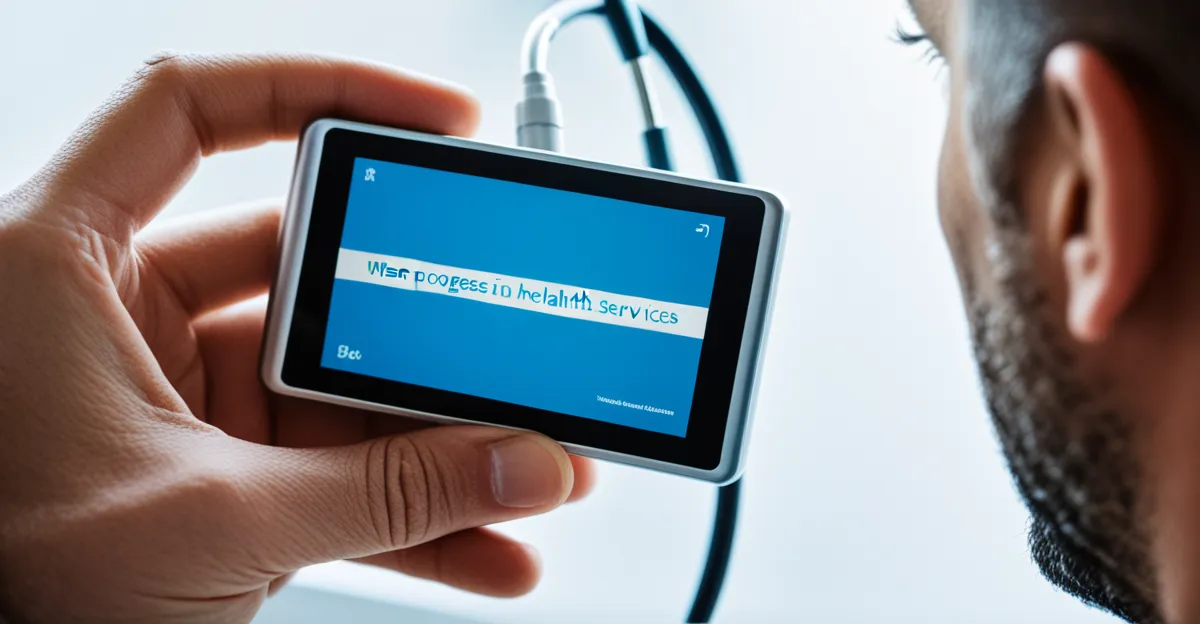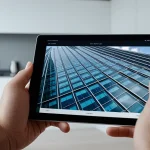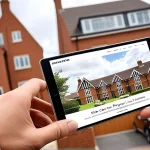Latest Technological Innovations in UK Telemedicine
The UK telemedicine technology landscape has seen significant advancements with the integration of artificial intelligence (AI) and machine learning (ML), revolutionising patient diagnostics and triage processes. These technologies enable more accurate and timely identification of health issues by analysing patient data and symptoms, thus improving clinical decision-making efficiency. AI-driven tools can prioritise cases, identify patterns, and suggest personalised care paths, making telemedicine consultations more precise and resource-effective.
Next-generation video consultation platforms now offer enhanced interactivity and reliability, with high-definition video quality and reduced latency, boosting patient-clinician engagement. Remote monitoring tools have evolved with sophisticated sensors and wearable devices that continuously collect vital signs, transmitting data securely to healthcare providers. Such telemedicine advancements facilitate proactive health management, enabling clinicians to detect early warning signs and adjust treatments without the need for in-person visits.
This might interest you : How Can Lifestyle Choices Impact Health Trends in the UK?
Interoperability of digital health platforms within NHS frameworks has become a primary focus. By adopting standards that allow seamless data exchange, these platforms integrate patient records, diagnostic results, and telemedicine sessions into unified systems. This ensures that information flows effortlessly between primary care providers, specialists, and telehealth services, enhancing coordination and continuity of care. The emphasis on interoperable UK telemedicine technology helps reduce duplication of tests, accelerates treatment timelines, and improves overall patient outcomes.
State-of-the-Art Remote Diagnostic and Monitoring Tools
Remote diagnostic tools in the UK have advanced remarkably, forming a crucial element of modern telemedicine technology. These tools increasingly rely on sophisticated wearable devices that continuously monitor vital health metrics such as heart rate, blood pressure, oxygen saturation, and glucose levels. The integration of these telehealth devices into routine clinical workflows allows healthcare professionals to access real-time patient data remotely, improving response times and enabling personalised treatment adjustments without requiring physical appointments.
This might interest you : How does the UK’s healthcare system support elderly care?
Telemonitoring advancements also encompass remote imaging solutions, such as portable ultrasound and digital stethoscopes, which patients or community health workers can operate with minimal training. The images and recordings generated are securely transmitted to specialists via digital health platforms within NHS frameworks, ensuring rapid interpretation and diagnosis. This seamless connectivity supports proactive management of chronic conditions and early detection of potential complications, reducing hospital admissions and emergency visits.
Security and privacy remain paramount, with the latest telemedicine technology employing encrypted data transmission protocols to safeguard sensitive health information. These secure channels enable real-time clinical decision-making based on accurate, up-to-the-minute data from remote monitoring devices. Consequently, clinicians benefit from a richer data set to guide treatment, enhancing care quality while expanding patient access to healthcare services across the UK.
Latest Technological Innovations in UK Telemedicine
UK telemedicine technology has progressed notably through the integration of artificial intelligence (AI) and machine learning (ML), which have transformed diagnostics and patient triage. These advancements enable systems to analyse complex patient data rapidly, improving diagnostic accuracy and accelerating clinical decisions. By automating initial assessments, AI-driven telemedicine tools help clinicians prioritise cases effectively, optimising healthcare resource use.
Another key innovation is the development of next-generation video consultation platforms designed to offer seamless, high-definition interactions with minimal delay. These platforms support clearer communication and better clinician-patient rapport, which are essential for remote clinical assessments. Additionally, remote monitoring tools equipped with advanced sensors and smart wearables now provide continuous vital sign tracking, facilitating early intervention and personalised care adjustments without in-person visits.
In parallel, the adoption of interoperable digital health platforms within NHS frameworks ensures smoother integration of patient data across telemedicine services and existing healthcare infrastructure. This interoperability guarantees that medical records, imaging, and consultation details are shared efficiently among primary care, specialists, and telehealth providers. The result is more coordinated, timely, and effective care pathways that reduce redundancy and improve patient outcomes. These telemedicine advancements collectively position the UK healthcare system to deliver higher quality remote care while enhancing accessibility and operational efficiency.
Latest Technological Innovations in UK Telemedicine
The fusion of AI and machine learning is reshaping UK telemedicine technology by enhancing diagnostic precision and patient triage speed. These systems analyse extensive patient data to detect subtle health patterns, improving diagnostic accuracy and enabling faster clinical decisions. As a result, telemedicine advancements empower healthcare providers to better prioritise cases and personalise care delivery based on real-time insights.
In addition, the emergence of next-generation video consultation platforms boosts remote patient-clinician interaction through improved video quality and seamless connectivity. These platforms support richer, more effective communication, which is vital for accurate remote assessments. Coupled with sophisticated remote monitoring tools, including smart wearables and sensor-based devices, continuous tracking of key health metrics has become more accessible. This development facilitates earlier intervention and ongoing management without requiring patients to attend in person.
Central to these innovations is the widespread adoption of interoperable digital health platforms within NHS frameworks. Through standardised data exchange protocols, these platforms link telemedicine services with existing healthcare infrastructure, ensuring comprehensive access to patient records and diagnostic information across providers. Such integration enhances care coordination, reduces duplication, and streamlines clinical workflows, thereby improving overall patient outcomes and operational efficiency across the UK healthcare system.
Latest Technological Innovations in UK Telemedicine
The UK telemedicine technology sector continues to evolve through groundbreaking AI and machine learning integrations, significantly refining patient diagnostics and triage. These tools scan vast datasets to identify nuanced health indicators rapidly, enhancing diagnostic accuracy and enabling clinicians to prioritise cases with precision. This strategic approach helps manage patient flow efficiently, especially amid increasing demand for remote services.
Next-generation video consultation platforms have been launched to support high-definition, low-latency interactions. These platforms facilitate clearer communication between patients and healthcare providers, essential for accurate remote clinical evaluations. Enhanced user interfaces and connectivity ensure consultations are more interactive and reliable, accommodating complex medical discussions and examinations remotely.
Simultaneously, remote monitoring tools such as advanced wearables and sensor-equipped devices have expanded capabilities to continuously track vital signs and transmit data securely. This allows clinicians to respond pro-actively to subtle changes in patient health without necessitating face-to-face appointments, improving chronic disease management and early intervention outcomes.
Central to these innovations is the widespread adoption of interoperable digital health platforms within NHS frameworks. These platforms standardise data exchange protocols, integrating telemedicine services seamlessly with existing healthcare infrastructure. Such interoperability is crucial for consolidating patient information—ranging from medical records to diagnostic test results—facilitating coordinated care among primary, specialist, and telehealth providers. The efficiency gains reduce duplication and ensure timely clinical decisions, elevating overall patient outcomes.
In summary, UK telemedicine technology is harnessing AI, next-gen video tools, and state-of-the-art remote monitoring devices, all supported by robust digital health platforms. This convergence makes remote care more accurate, accessible, and integrated than ever before.
Latest Technological Innovations in UK Telemedicine
The UK telemedicine technology sector continues to be propelled forward by the integration of AI and machine learning to enhance patient diagnostics and triage processes. AI algorithms analyse complex datasets from patient history, symptoms, and biometric readings, enabling faster and more accurate identification of potential health issues. This leads to prioritising cases efficiently, ensuring patients with urgent needs receive timely attention. Such telemedicine advancements not only improve diagnostic precision but also reduce clinician workload by automating routine assessments.
Alongside AI, the launch of next-generation video consultation platforms presents a major leap in remote clinical interactions. These platforms support ultra-high-definition video and adaptive streaming technologies, which minimise latency and improve connectivity stability even in varying network conditions. This results in clearer communication, enabling more effective remote examinations and patient engagement. These innovations are complemented by sophisticated remote monitoring tools that link seamlessly with digital health platforms, allowing continuous tracking of vitals such as heart rate, oxygen saturation, and glucose levels via wearable devices.
A pivotal component supporting these technologies is the widespread adoption of interoperable digital health platforms within NHS frameworks. These platforms establish standardised data exchange protocols that integrate telemedicine services with existing healthcare records and diagnostic systems across providers. Interoperability facilitates comprehensive patient data visibility, reducing redundant testing and enabling multidisciplinary care coordination. The ability to share real-time data securely enhances clinical decision-making and promotes timely adjustments to treatment plans.
Together, AI-driven diagnostics, cutting-edge video consultation technologies, and the systematic deployment of interoperable digital health platforms form a synergistic ecosystem. This ecosystem optimises the delivery, efficiency, and effectiveness of UK telemedicine technology, setting new standards for accessible, precise, and integrated remote healthcare.








